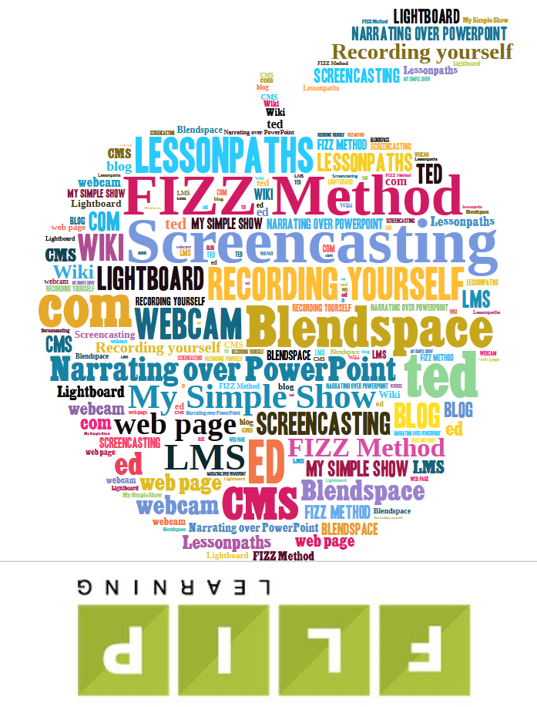
In the latter part of 2016, we shared 10 different ways to create flipped or blended learning content.
We’ve got 2 more to go.
Before jumping into technique No. 11, let’s recap the 10 approaches we’ve examined thus far:
- Screencasting!
- Narrating over PowerPoint
- The low-tech FIZZ method
- The web app mysimpleshow
- The “high tech” approach of using a light board (not necessarily as challenging as you might think)
- Blendspace (tool for assembling digital lesson content
- The rather unique approach of using Adobe Connect
- Ed.ted.com
- The good old Learning Management or Course Management system
- EdPuzzle
Now, on to approach # 11.
So when Brian Bennett posted his article about “Drawing Notes“, something clicked in my head. I thought “Wow!” … there’s an approach I’ve never seen anyone suggest or write about.
Brian wrote, “I’ve moved to drawing out the lesson notes, scanning it, and talking over the pictures”. Brilliant. What a fun, not-too-high-tech, delightfully free form approach to creating flipped or blended learning content.
Here’s an example of one of Brian’s drawings:

Of course, this assumes you are comfortable drawing out relevant images for the content you are teaching, which is not a given by any means. If not though, don’t despair. There are a few things that come to mind to enable this approach despite any shortcomings as an artist (and yes, some of these start to overlap with prior approaches suggested in this “12 Ways …” series):
- First, don’t assume you have to be Michelangelo. Illustrating things with stick figures and other simple shapes can be just as a effective as drawing a work of art.
- Consider having someone else create the drawings! Maybe you’ve got some good students who could help (and in so doing, boost their own knowledge, self image, and grade perhaps).
- Perhaps you can find some existing images (with permission to use, of course, or that are free to use under “fair use” copyright rules) which you could speak over.
- You could also consider an image or content creation program to create your images to talk over (Canva, PowerPoint, Paint, etc., etc.).
Lastly, as for how to create the videos while you speak over the images, here are a few approaches:
- Take pictures and then voice over them in PowerPoint, or in a screen casting app like Camtasia.
- Use you smart phone (it might be a good idea to find something to hold the camera steady while you point it at the image and speak over it).
- Use a digital video camera (point it at the images and speak).
So, any other ideas about how to find or make illustrations and how to turn them into digital lecture content? Please share.





[…] 12 Ways to Create#FlippedLearning Content: No. 11 – Illustrated Notes https://flippedlearning.org/how_to/12-ways-create-digital-learning-content-no-11-illustrated-notes/ […]
thanks for sharing an important notes, it’s very helpful…
[…] Kahn Academy has a wealth of videos that you might assign or use as examples for your own videos. Flippedlearning.org has a great article on 12 ways to create your digital […]
[…] · Allow for imperfection. […]
Thanks for sharing with us. I just loved your way of presentation. I enjoyed reading this .Thanks for sharing and keep writing.
nice blog
I feel very grateful that I read this. It is very helpful and very informative and I really learned a lot from it.